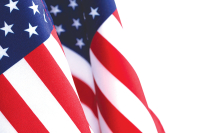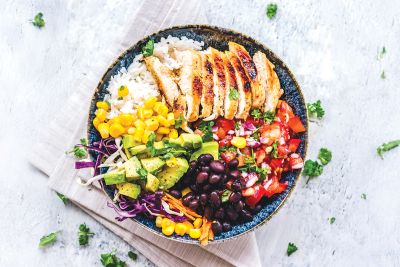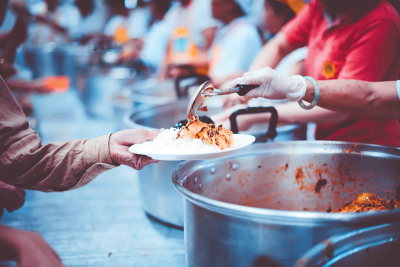Sponsored: The Dirty Tricks of the “Dirty Dozen”

Just as those first flowers appear in the Spring, so does the annual “Dirty Dozen” list — and this year is no exception.
The “Dirty Dozen” is supposedly a list of the worst fruits and vegetable offenders in terms of pesticide residue and is the creation of the Environmental Working Group (EWG). This list is usually used to encourage people to buy organic. (Coincidence? The EWG is a non-profit that is heavily funded by organic marketing companies.)
A few important reminders to put the “Dirty Dozen” list in context.
1. The EWG uses data from the EPA (Environmental Protection Agency) and fails to point out that pesticide residues are measured in parts per BILLION. To get an idea for what that would mean in terms of what you’d have to eat to get a potentially harmful dose of pesticides, see the Safe Fruits and Veggies calculator (For strawberries a woman would have to eat 453 SERVINGS- and 1 cup = 1 serving in ONE DAY)
2. Organic farmers also use pesticides.
3. Scaring people unnecessarily about eating fruits and vegetables often results in them not eating fruits and vegetables at all.
Related Items
Bottom Line: Whether you choose organic or non-organic–wash fruits and vegetables before eating or preparing them (unless they have already been washed) and please just eat your fruits and vegetables!
Leah McGrath, RDN, LDN
Ingles Markets Corporate Dietitian
facebook.com/LeahMcgrathDietitian
800-334-4936













